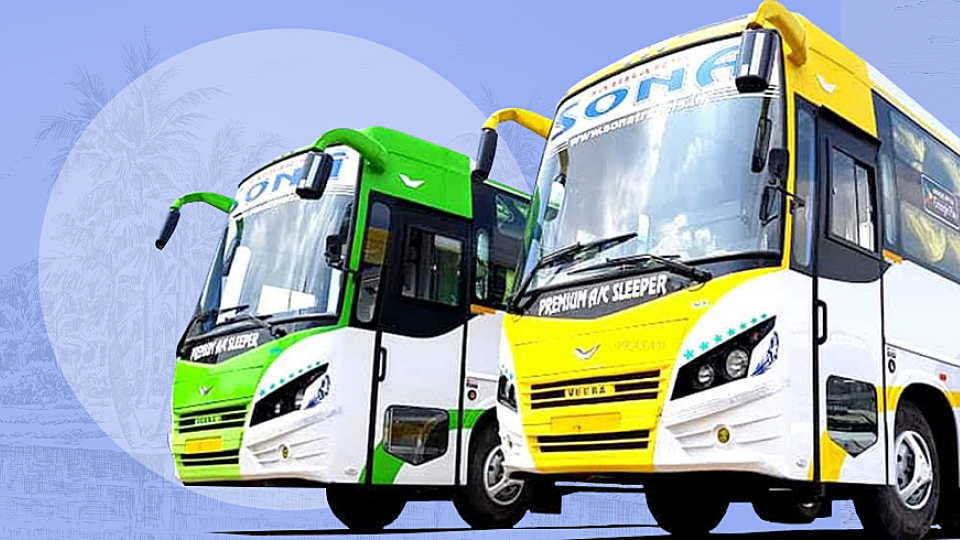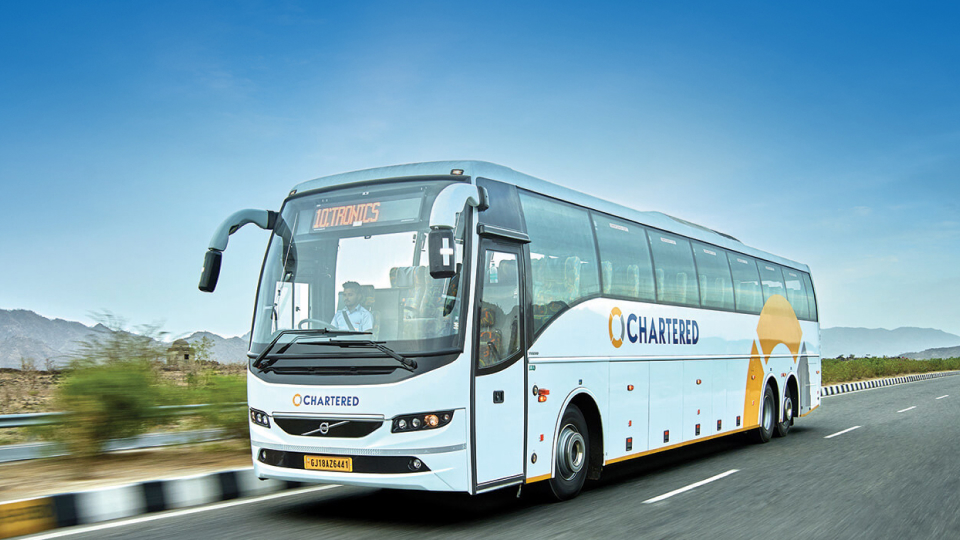
How to Protect School Bus Fleet Safety with Telematics
Child safety is a growing concern for parents and schools. An IoT-powered school bus fleet can address this concern. It provides real-time vehicle tracking and alerts to monitor the children’s whereabouts, condition, and safety when they’re on the bus. These days, many schools are using school bus fleet management software integrated with telematics to make the daily commute safer and more comfortable for the children.

What are 3 things that are important about school bus safety?
Three important aspects of school bus safety include:
Regular fleet maintenance & inspection
School bus fleet should undergo regular maintenance and inspection. It ensures that all mechanical and safety systems are working properly. The maintenance agenda should include checking brakes, tires, lights, signals, and other critical components to reduce the risk of accidents due to mechanical failures.
Driver training & behavior
School bus drivers should be well-trained. Also, the schools need to track and analyze the drivers’ behavior to ensure that the children are in safe hands. With telematics, school administrators can check whether the driver is adhering to the speed limits and maintaining proper control of the bus at all times.

Loading & unloading procedures
Schools must ensure safe loading and unloading procedures to prevent accidents and injuries. Schools should set up clear protocols for students entering and exiting the bus, including designated loading zones, proper use of crosswalks, and supervision by adults. Moreover, drivers need to be vigilant during these times to watch for pedestrians and other vehicles that may pose a risk to student safety.
How Telematics-Integrated Fleet Management Software Benefits Schools?
Telematics-empowered school bus fleet management software strengthens school bus safety, increases fleet efficiency, and boosts cost-effectiveness. Some of its vital benefits include:

Vehicle tracking & monitoring
School bus GPS tracking system, empowered by telematics, enables schools to track the location and movement of their buses in real-time. It ensures that school buses are following designated routes and schedules. Also, it allows fleet managers to monitor drivers’ performance and activities, including speeding or harsh braking, and address any safety concerns promptly.
Maintenance and diagnostics
Telematics systems offer useful insights into the condition and performance of school bus fleets. By collecting data on engine diagnostics, fuel consumption, and other critical parameters, school management can identify maintenance requirements proactively and automate repair scheduling or servicing before major issues. This proactive approach helps minimize downtime and ensures that buses remain in optimal condition for safe operation.
Driver behavior and training
Telematics can capture data on multiple aspects of driver behavior, including speed, acceleration, braking, and adherence to traffic laws. Schools can analyze this data to identify areas where drivers may need additional training or assistance to improve efficiency. Providing feedback to drivers based on telematics data can help promote safer driving habits and reduce the risk of accidents and violations.
Fuel efficiency and cost savings
Telematics systems allow schools to optimize fuel usage and reduce operational costs. By monitoring factors such as idle time, route efficiency, and driver performance, fleet managers can identify scopes to improve fuel efficiency and reduce unnecessary fuel consumption. It helps lower fuel expenses and reduces carbon emissions.

Facts to consider while choosing school bus telematics systems
When choosing a school bus telematics provider, it’s essential to consider several factors to ensure that the solution meets the specific needs and requirements of your school’s transport. Here are some key considerations:
Safety features
Look for telematics solutions that offer robust safety features tailored to school bus operations. This includes real-time tracking, driver behavior monitoring, collision detection, and emergency response capabilities. The system should also comply with relevant safety regulations and standards to ensure the highest level of protection for students and drivers.
Integration and compatibility
Consider whether the telematics solution integrates seamlessly with your existing fleet management systems, software platforms, and communication tools. Compatibility with other hardware and software components, such as onboard cameras, GPS devices, and student tracking systems, is crucial for efficient data exchange and workflow optimization.
Scalability and flexibility
Choose a telematics provider that offers scalable solutions capable of accommodating the size and growth of your school bus fleet. The system should be flexible enough to adapt to changing requirements and operational needs without significant disruptions or costly upgrades. Look for providers that offer customizable features and pricing plans to suit your budget and preferences.
Data security and compliance
Ensure that the telematics solution prioritizes data security and compliance with relevant privacy regulations, such as GDPR or HIPAA, depending on your jurisdiction and operational context. The provider should implement robust encryption, authentication, and access control measures to safeguard sensitive information and protect against unauthorized access or data breaches.
Customer support and training
Evaluate the quality and responsiveness of the provider’s customer support services, including technical assistance, troubleshooting, and training resources. A reliable telematics provider should offer comprehensive support throughout the implementation process and provide ongoing training and guidance to help maximize the benefits of the system for your school district.
Cost and Return on Investment (ROI)
Consider the overall cost of the telematics solution, including upfront fees, subscription rates, and any additional expenses associated with hardware installation, maintenance, and upgrades. Compare pricing options and ROI potential based on the expected benefits, such as improved safety, efficiency gains, reduced fuel costs, and enhanced regulatory compliance.
Tap on the right solution & ensure school bus safety
By carefully evaluating these factors and conducting thorough research, you can select a school bus telematics provider that aligns with your operational objectives, budget constraints, and performance expectations. With the right telematics-integrated school bus fleet management software, you can ensure your school bus safety.





